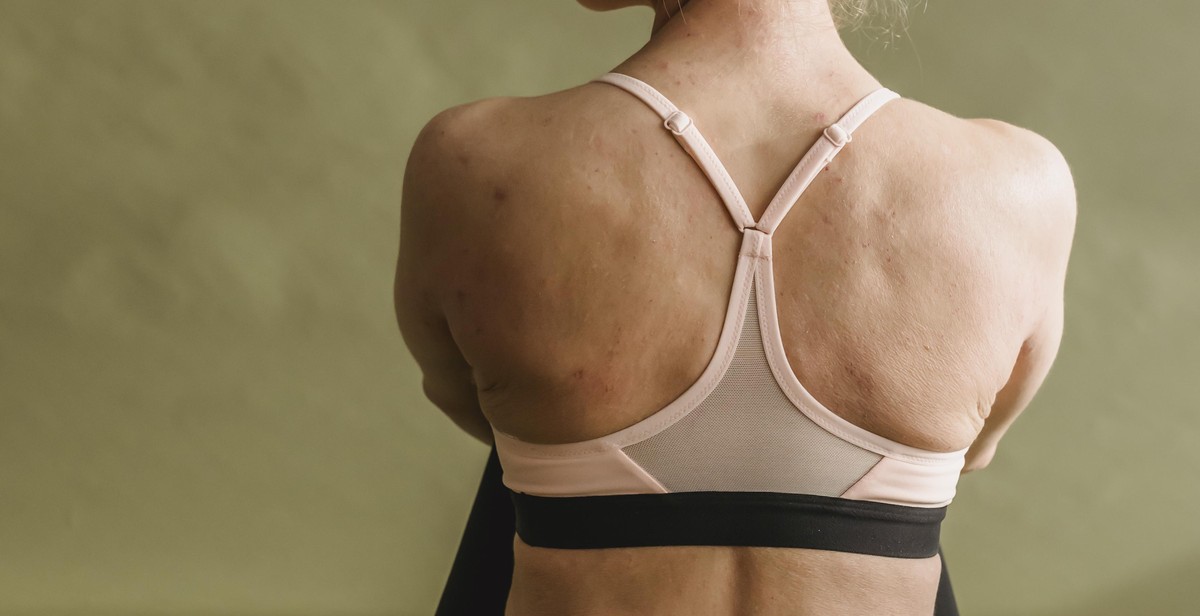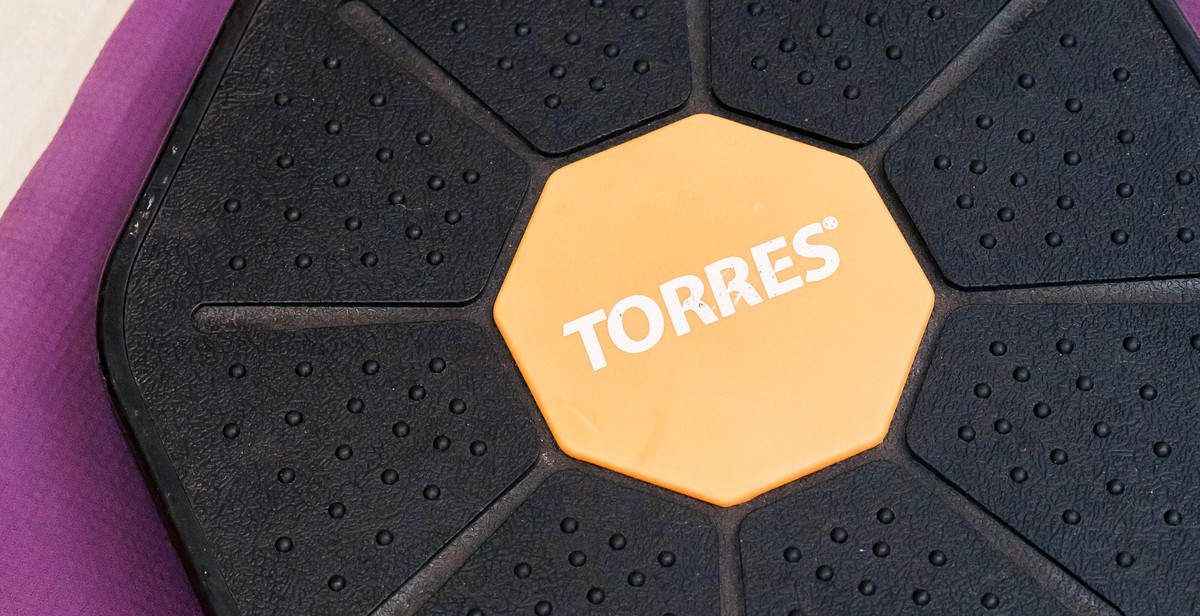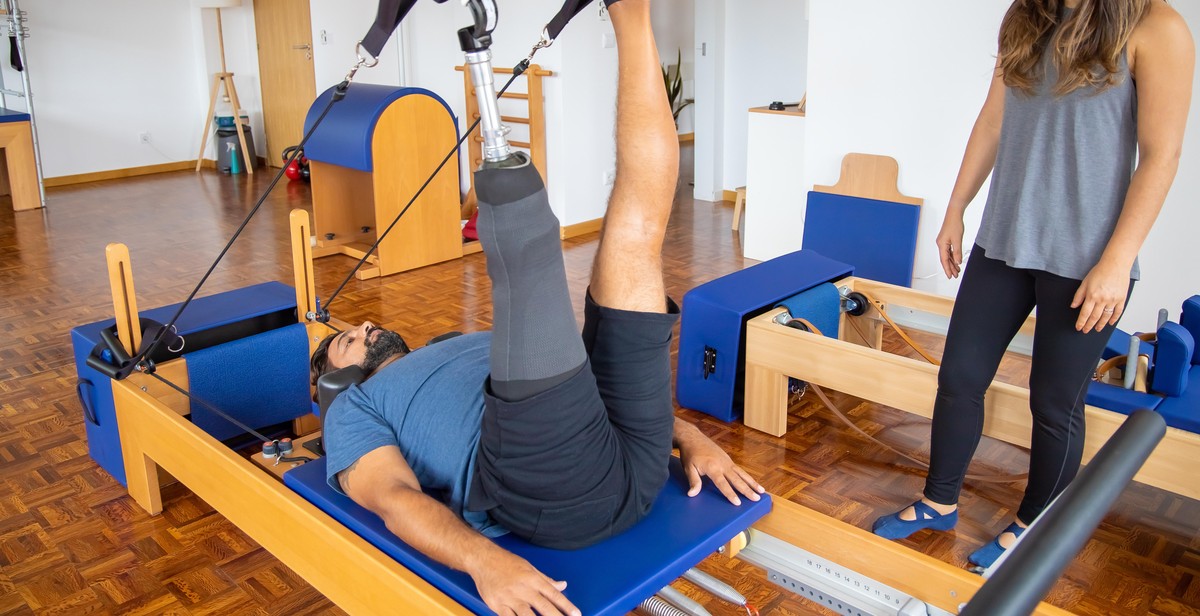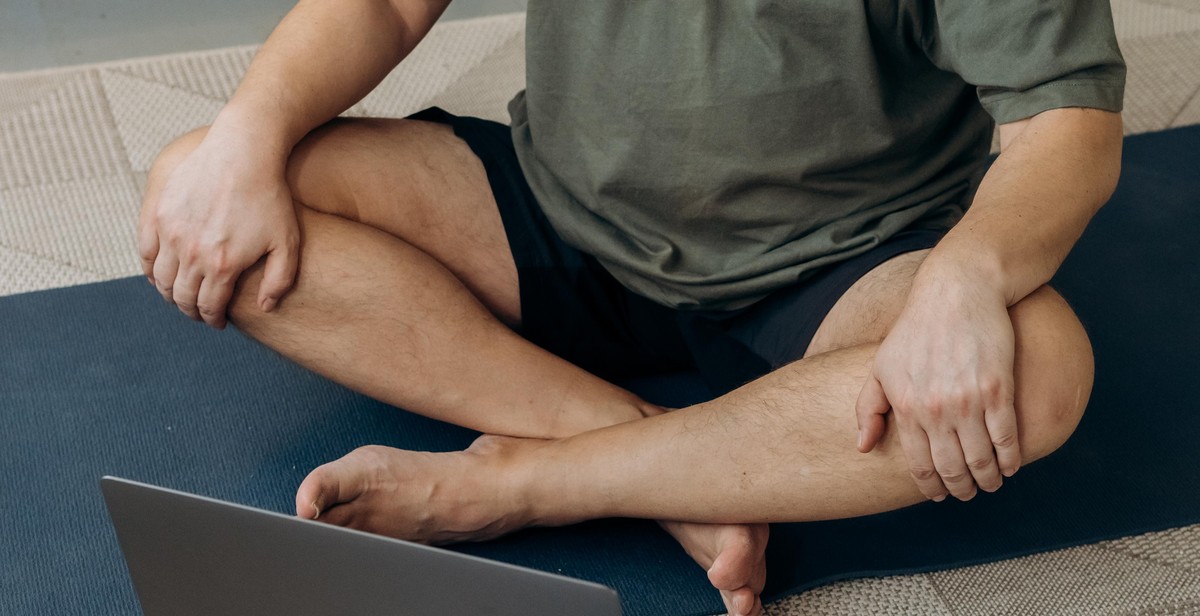Introduction: How to Improve Posture and Core Strength with Pilates Exercises
If you’re looking to improve your posture and core strength, Pilates is a great place to start. Pilates is a low-impact exercise that focuses on building strength, flexibility, and endurance through controlled movements. The exercise was developed by Joseph Pilates in the early 20th century and has since become a popular form of exercise for people of all ages and fitness levels.
What is Pilates?
Pilates is a form of exercise that focuses on building core strength, flexibility, and endurance through controlled movements. The exercise was developed by Joseph Pilates in the early 20th century and was originally called “Contrology”. Pilates exercises are designed to improve posture, balance, and coordination by using the body’s own resistance and gravity. The exercises are performed on a mat or using specialized equipment such as a Reformer or Cadillac.
Pilates is a low-impact exercise that is suitable for people of all ages and fitness levels. It can be used as a standalone exercise program or as a complement to other forms of exercise. Pilates exercises can also be modified to suit individual needs and abilities, making it a highly customizable form of exercise.
Why Pilates is great for improving posture and core strength
Pilates exercises are designed to target the muscles that support the spine and pelvis, which are essential for good posture and core strength. By strengthening these muscles, Pilates can help improve posture and reduce the risk of back pain and injury. Pilates exercises also focus on developing a strong core, which is essential for stability and balance.
In the next sections, we will explore some Pilates exercises that can help improve posture and core strength.

Why is Good Posture Important?
Good posture is essential for maintaining a healthy body and mind. Poor posture can cause a variety of problems, including back pain, neck pain, headaches, and fatigue. It can also affect your breathing, digestion, and circulation, making it difficult to perform everyday tasks with ease.
Benefits of Good Posture
Having good posture has numerous benefits, including:
- Reduced back and neck pain
- Improved balance and stability
- Increased energy levels
- Better breathing and circulation
- Improved digestion
- Reduced risk of injury
- Improved self-confidence
When you have good posture, your body is in alignment, and your muscles and joints are working together efficiently. This makes it easier to move around and perform daily activities without pain or discomfort.
Effects of Poor Posture
Poor posture can have several negative effects on your body, including:
- Increased risk of injury
- Reduced range of motion
- Increased muscle tension and fatigue
- Headaches and migraines
- Reduced lung capacity and breathing difficulties
- Impaired digestion
- Decreased self-confidence
Over time, poor posture can lead to chronic pain and discomfort, making it difficult to perform everyday activities. It can also affect your mental health, causing stress, anxiety, and depression.
How Pilates Can Improve Posture
Pilates is an excellent way to improve your posture and core strength. Pilates exercises focus on strengthening the muscles that support good posture, including the abdominals, back, and hips. By practicing Pilates regularly, you can improve your posture, reduce pain and discomfort, and increase your overall health and wellbeing.
| Benefits of Pilates for Posture | Examples of Pilates Exercises |
|---|---|
| Improved alignment and balance | Rolling like a ball, spine stretch forward |
| Increased core strength | The hundred, single leg stretch |
| Reduced back pain | Swan, spine twist |
By incorporating Pilates exercises into your daily routine, you can improve your posture and core strength, reduce pain and discomfort, and increase your overall health and wellbeing.

How Pilates Can Help Improve Posture
Pilates is a form of exercise that focuses on improving core strength, flexibility, and posture. It was developed by Joseph Pilates in the early 20th century and is based on six principles:
- Concentration
- Control
- Centering
- Flow
- Precision
- Breath
These principles are incorporated into every Pilates exercise, making it a highly effective way to improve posture. Pilates exercises are designed to strengthen the core muscles, which include the abdominals, back, and pelvic floor. When these muscles are strong, they provide support for the spine and help to maintain good posture.
Pilates Exercises for Posture Improvement
Here are some Pilates exercises that can help improve posture:
- The Hundred: This exercise involves lying on your back with your legs in a tabletop position and your arms by your sides. You then lift your head and shoulders off the mat and pump your arms up and down while breathing deeply. This exercise strengthens the abdominals and helps to improve posture.
- The Roll Up: This exercise involves lying on your back with your arms extended overhead. You then roll up to a sitting position, reaching for your toes. This exercise strengthens the abdominals and back muscles and helps to improve spinal mobility.
- The Swan: This exercise involves lying on your stomach with your hands by your shoulders. You then lift your chest and head off the mat while keeping your pelvis on the mat. This exercise strengthens the back muscles and helps to improve posture.
- The Plank: This exercise involves holding a push-up position with your arms straight and your body in a straight line from your head to your heels. This exercise strengthens the core muscles and helps to improve posture.
Incorporating these Pilates exercises into your workout routine can help to improve your posture and overall health. Remember to focus on the principles of Pilates, including concentration, control, centering, flow, precision, and breath, to get the most out of your Pilates practice.

Why is Core Strength Important?
Core strength is essential for maintaining good posture and overall physical health. The core muscles, which include the abdominals, back, and hips, are responsible for supporting the spine and pelvis and stabilizing the entire body during movement.
Having a strong core can improve your balance, coordination, and flexibility, making it easier to perform everyday activities such as bending over, reaching, and lifting objects. It can also reduce your risk of injury, especially in the lower back.
Additionally, a strong core can improve your athletic performance. Many sports require a strong core, including running, swimming, and golf. A strong core can also improve your posture, which can make you look and feel more confident.
On the other hand, a weak core can lead to poor posture, back pain, and even injury. Many people spend a lot of time sitting, which can weaken the core muscles over time. This can lead to a variety of health problems, including poor digestion, breathing difficulties, and even depression.
Fortunately, there are many exercises you can do to improve your core strength, including Pilates. Pilates is a low-impact form of exercise that focuses on developing core strength, flexibility, and balance. By incorporating Pilates exercises into your routine, you can improve your posture, reduce your risk of injury, and enhance your overall physical health.
| Benefits of Core Strength |
|---|
| Improved balance and coordination |
| Increased flexibility |
| Reduced risk of injury |
| Better athletic performance |
| Improved posture and confidence |

How Pilates Can Help Improve Core Strength
If you’re looking to improve your core strength, Pilates is an excellent exercise option. Pilates is a low-impact exercise that focuses on building strength, flexibility, and endurance in the core muscles. The core muscles are responsible for stabilizing the spine, pelvis, and shoulder girdle, which is why having a strong core is so important for good posture and overall health.
The Role of Core Strength in Pilates
In Pilates, the core muscles are the foundation of every movement. A strong core stabilizes the body and allows for fluid, controlled movements. Without a strong core, it’s difficult to maintain proper form and alignment during Pilates exercises, which can lead to injury and less effective workouts.
Core strength is also essential for building overall strength and endurance. When you have a strong core, you have a solid foundation for performing more advanced Pilates exercises, such as the teaser or the plank.
Pilates Exercises for Core Strength
There are many Pilates exercises that are specifically designed to target and strengthen the core muscles. Here are a few examples:
- The Hundred: This exercise involves lying on your back and lifting your head and shoulders off the mat while pumping your arms up and down. It’s a great way to warm up the core muscles and build endurance.
- The Roll-Up: This exercise involves lying on your back and rolling up to a seated position without using your hands. It’s a challenging exercise that targets the entire core.
- The Plank: This exercise involves holding a push-up position while engaging the core muscles. It’s a great way to build overall core strength and stability.
These are just a few examples of the many Pilates exercises that can help improve core strength. By incorporating Pilates into your fitness routine, you can build a strong, stable core that will improve your posture, balance, and overall health.

Conclusion
In conclusion, Pilates exercises are a great way to improve posture and core strength. They help to activate and strengthen the deep core muscles that support the spine and improve overall body alignment. Pilates exercises can be performed on a mat or with specialized equipment, such as a reformer or Cadillac.
When practicing Pilates, it is important to focus on proper form and alignment to ensure maximum benefit and prevent injury. Start with basic exercises and gradually progress to more advanced movements as you build strength and endurance.
Regular Pilates practice can also have a positive impact on overall physical and mental well-being. It can improve flexibility, balance, and coordination, as well as reduce stress and promote relaxation.
If you are new to Pilates, consider taking a class with a certified instructor to learn proper technique and form. You can also find many online resources and videos to guide you through Pilates exercises at home.
Remember these key points:
- Pilates exercises improve posture and core strength
- Proper form and alignment are crucial for maximum benefit and injury prevention
- Start with basic exercises and progress to more advanced movements
- Pilates can improve overall physical and mental well-being
- Consider taking a class with a certified instructor or using online resources to learn Pilates
By incorporating Pilates exercises into your fitness routine, you can improve your posture, strengthen your core, and enhance your overall well-being.
